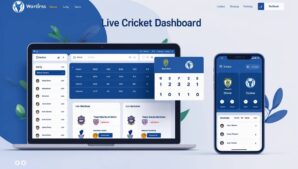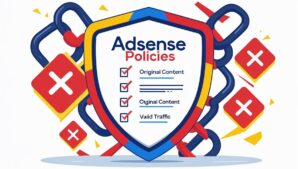Grow your business with
ARNL Web Solutions
We provide web development solutions, and If you are searching for a development team to create the best website, android & ios app, domain registration & fastest hosting provider, and SEO services, please contact our experienced team.


On-page optimization
On-page optimization refers to the techniques used to optimize individual web pages to rank higher and earn more relevant traffic in search engines.

Off-page optimization
Off-page optimization refers to the techniques and strategies used to improve the visibility and ranking of a website or web page on search engines.

Keyword research
Keyword research is the process of identifying and selecting keywords and phrases related to a particular topic or theme that people are searching for on search engines.
Our Process
Building a website or app?
This guide simplifies the process for success!

Planning
Planning is the first process

Strategy
Your objectives are described in a plan

Optimization
Programming in mathematics

Apply
The performance of the final results would shine

Great tools for your marketing needs
There are many tools available for marketing needs, and the best one for you will depend on your specific goals and requirements. However, here are some popular tools that are commonly used for various marketing tasks:
Marketing Automation: HubSpot, Marketo, Pardot, etc.
Email Marketing: Mailchimp, Constant Contact, AWeber, etc.
Social Media Management: Hootsuite, Buffer, Sprout Social, etc.
Content Marketing: SEMrush, Ahrefs, Moz, etc.
WordPress development
As a leading provider of WordPress development services, we are excited to offer our clients a comprehensive solution that meets their needs. Our team of experienced developers can create custom themes and plugins, as well as provide support and maintenance services. We also offer a wide range of hosting and management options, so that our clients can choose the perfect solution for their needs.
Basic
$55
per month
5 Pages Optimized
5 E-mail Addresses
1-year domain & hosting
Business
$199
per month
Fully dynamic website
Unlimited Email Address
1-year domain & hosting free
Premium
$99
per month
15 pages Optimized for Web
15 E-mail Addresses
1-year domain & hosting
Latest Blog
Welcome to our blog! We’re excited to share our latest thoughts and insights with you.
Thanks for reading!

How to Display Live Cricket Scores on WordPress Via API

OmniHuman-1: AI Video Generation by ByteDance

